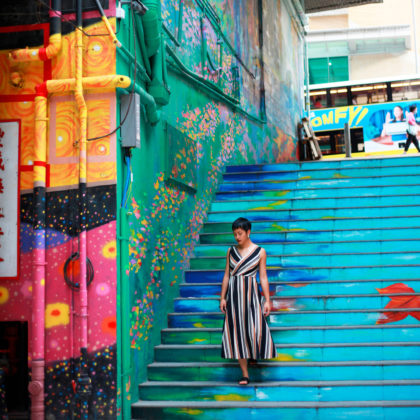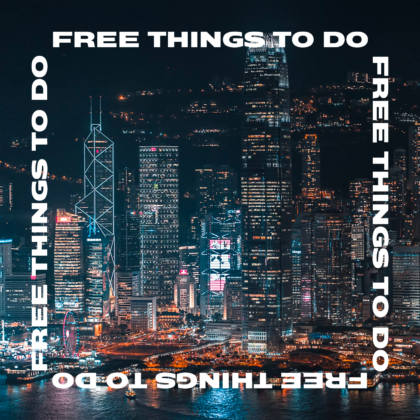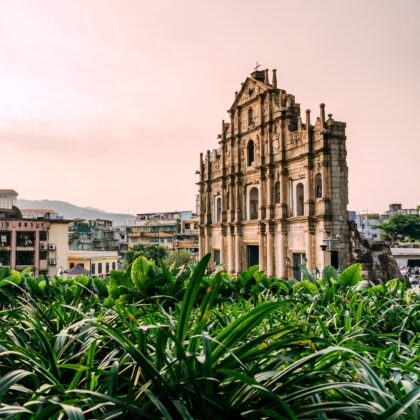It doesn’t take much time to get used to this city, be it learning your first Cantonese phrase that happens to be a swear word to feeling like you need to make a run to catch your train, have a laugh at these relatable Hong Kong memes!
Doesn’t matter if you’re a Hong Kong local or an expat who recently relocated to the city, there are some experiences that are exclusive to the fragrant harbour (which doesn’t quite live up to its name!). Sure we like to spite our friendly neighbouring rivals (you know which country we’re talking about!) that we are blessed with beautiful hikes, pristine beaches and snazzy rooftop bars all in one concrete jungle, but it’s also the chaos of Hong Kong that makes Hong Kong what it is (not particularly talking about the Facebook group)! These Hong Kong memes always get us, and at the end of the day, even if we cringe at “#HomeKong”, nothing else aptly fits our attachment to this city!
Read More: 10 Unique And Unusual Things To Do In Hong Kong

Is That Rain Or AC Water?
Yes, it’s officially that time of year where you’ll constantly feel droplets and question whether it’s raining or just water dripping from air-conditioners. Something so uniquely Hong Kong in the summertime – we actually recommend walking away from the shade if you want to avoid the AC water going straight for your eye or freshly styled hair!
We Have A Committed Relationship With Humidity
We second @hkmehmeh in her enraged caption there. Welcome to Hong Kong, we have humid summer, humid winter, extra humid spring and a short window of pleasant autumn. Get a dehumidifier because you’ll need it, unless you want mouldy walls (been there, seen that).
Read More: Beat-The-Heat Beauty Tips & Products To Keep Cool In Hong Kong Humidity
When You Need To Catch The Last Train Home
Take a shot if you told your Tuen Mun or Tung Chung friend to just move to the island side! But on a real note, big respect to our mates that don’t mind the long commute to come hang with us!
First Thing’s First At A Cha Lao (Teahouse)
When you say pass the tea but it’s not for drinking, rather for washing your utensils. Cue in all the confused non-locals or first-timers at a cha lao or cha chaan teng (we were one at some point). The reason behind? Just sheer paranoia and Hong Kongers trust no one.
Read More: Your Guide To Local Hong Kong Dessert Shops
Minibus Rides Are A Test Of Courage And Confidence
Only the boldest of us sit through a minibus ride not fearing for our lives, but it’s the even bolder that muster the courage to go “yau lok”. Hands up if you’ve strategically placed yourself as close to the minibus driver as possible so you can signal you’re about to get off, or mumble your butchered “yau lok” without the whole bus hearing it.
Trying To Find A Term As Versatile As “m goi” When You Travel
Nope, not even when you go to the Mainland can you find an equivalent. Need to say thanks? M goi. Need to be excused? M goi. Need to ask a question? Start with m goi.
Speaking Of Cantonese Phrases That Hit Home…
There’s absolutely no shame in admitting “DLLM” was your pass-way to the emotional language that is Cantonese! I was in about Grade 5 when I learnt this notorious phrase and that stuck more than anything teachers taught me – and I studied Cantonese in primary school for six years so that’s saying something.
Read More: Learn Chinese In Hong Kong – Mandarin & Cantonese Tutors And Courses
Property Agents With Top Notch Advertising Skills
Another reason Hong Kongers have trust issues? Any house ads with “deluxe sea view” (and particularly on the Island side) always raise an eyebrow…
Read More: A Realistic Hong Kong Home Tour – Over-Sink Racks, Under-Bed Storage & More

Life Is A Race…To Catch The MTR
Climbing the social ladder or workplace hierarchy is not in question, because one must make it to the opposite train when interchanging, above all else! We almost feel out of place when we don’t run across at Admiralty station – especially when the elder population are often the most determined! And well, for those of us who casually walk across, we like to think we’re hippies going against the norm.
Are You Even A Hong Konger If You Don’t Post Your Gate?
Ah come any long weekend and those jetting off would rather miss their flight but they cannot set foot on the plane without posting the gate, guilty as charged.
Read More: 8 Direct Flight Destinations From Hong Kong You Might Not Have Thought Of
Main image courtesy of Sassy Media Group using Getty, image 1 courtesy of Arnie Chou via Pexels, Instagram posts 1 to 6 courtesy of @hkmehmeh, image 2 courtesy of Chromatograph via Unsplash, Instagram post 7 courtesy of @chaohongkong



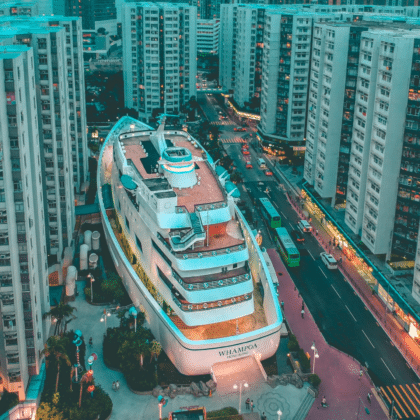

 Eat & Drink
Eat & Drink



 Travel
Travel



 Style
Style



 Beauty
Beauty



 Health & Wellness
Health & Wellness


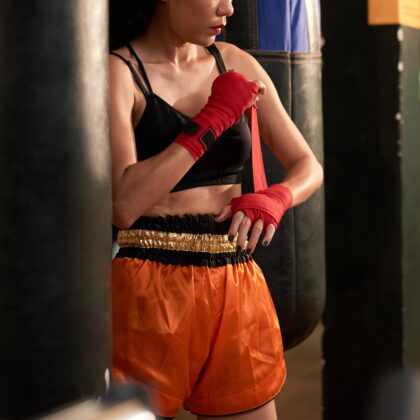
 Home & Decor
Home & Decor



 Lifestyle
Lifestyle


 Weddings
Weddings




